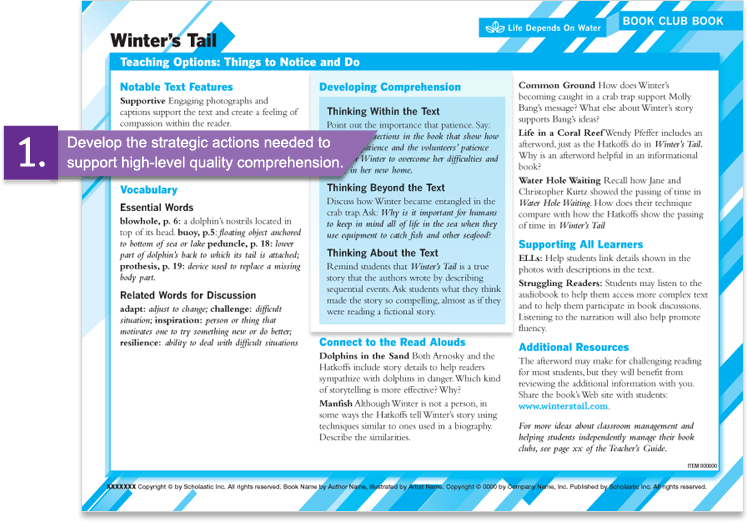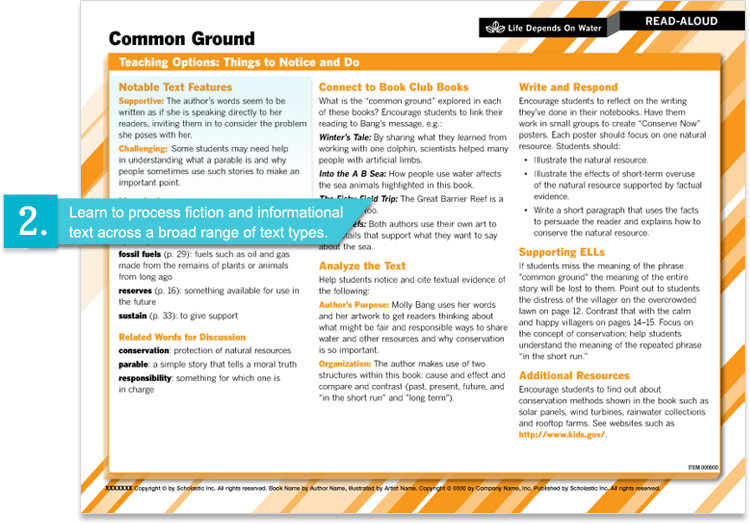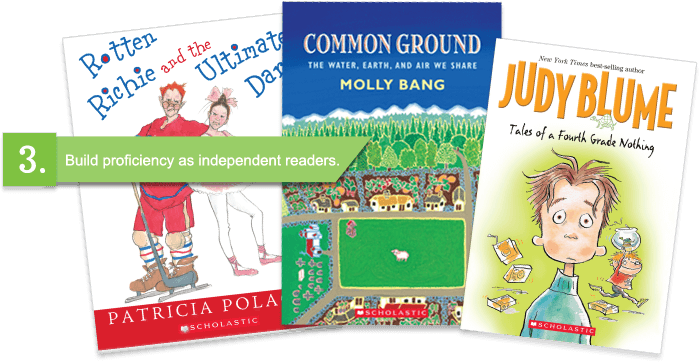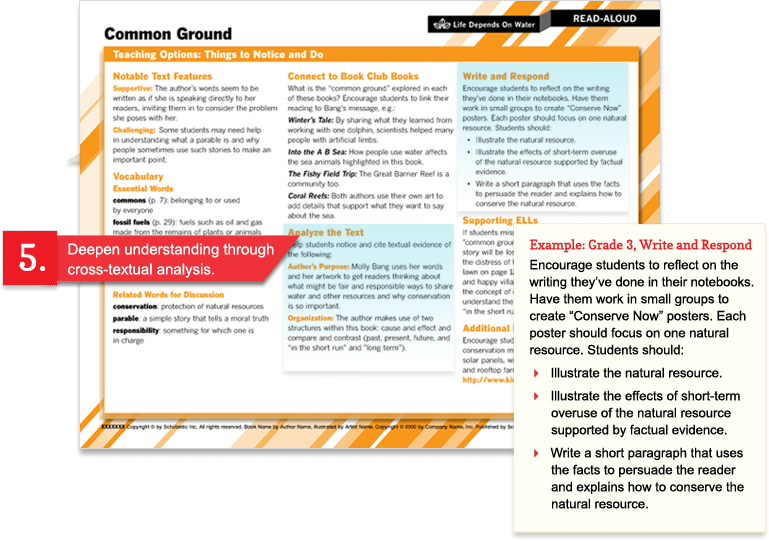College & Career Readiness and Research
Comprehension Clubs addresses the specific goal of helping students actively seek the wide, deep, and thoughtful engagement with high-quality literary and informational texts that builds knowledge, enlarges experience, and broadens world views. The following examples demonstrate how each unit of Comprehension Clubs helps educators launch their students on the path to college & career readiness, and prepare them for next generation assessments.
View K-5 Alignment >
View Grade 7 Alignment >
Through reflective, academic conversation about books—the hallmark of the Common Core Standards (2010)—teachers and students create the vibrant, literate classroom community that best supports high level, quality comprehension. The collaborative, interactive nature of the book club enables all students—including struggling readers and English Language Learners—to find the support they need to fully engage with the books.
Fountas & Pinnell, 2006; 2012;
Duke, Pearson, Strachan, & Billman, 2011.
Just as the name suggests, the read-aloud is truly interactive; as the teacher reads aloud to the students, she invites them to participate: to make comments, extend the ideas of their peers, and ask and respond to questions. In this way, the teacher helps children build deeper meaning than they could have accomplished on their own.
Hoyt, 2007; Laminack and Wadsworth, 2006;
Whitehurst, et al., 1992;
Purcell-Gates, McInyre and Freppon, 1995.
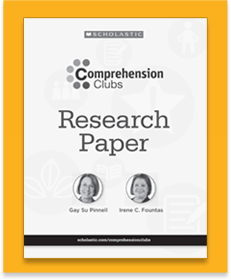 Download the Research Foundation >
Download the Research Foundation >
